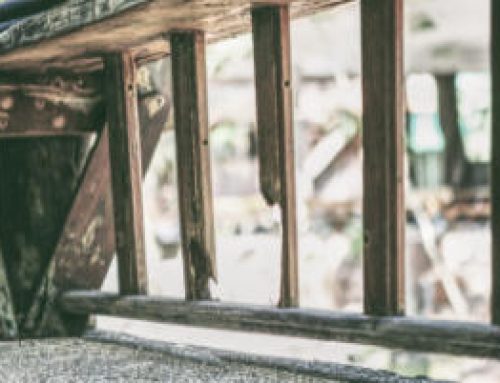is an acronym for “Leadership in Energy and Environmental Design,” a Green Associate  credential created and issued by the U.S. Green Building Council (USGBC). According to the USGBC, LEED “designates individuals who have a documented, up-to-date understanding of the most current green building principles and practices. The LEED Green Associate is a foundational credential and for many, it is the first step before earning advanced credentials such as the LEED AP with specialty. A LEED plaque on a building is a mark of quality and achievement in green building.”
credential created and issued by the U.S. Green Building Council (USGBC). According to the USGBC, LEED “designates individuals who have a documented, up-to-date understanding of the most current green building principles and practices. The LEED Green Associate is a foundational credential and for many, it is the first step before earning advanced credentials such as the LEED AP with specialty. A LEED plaque on a building is a mark of quality and achievement in green building.”
Being a LEED-certified builder or remodeler is one of the ways individuals and companies differentiate themselves. You may notice builders and buildings representing themselves as LEED certified or LEED buildings, with designations including Silver-, Gold- or Platinum-level certifications.
What Does LEED Certified Mean?
LEED uses a systematic approach to ensure that buildings are designed with the environment in mind. Depending on what is being built, LEED applies set standards that ensure that the project:
- Uses sustainable, locally sourced materials when building
- Reduces usage of potable water
- Is located near mass transit
- Minimizes environmental pollution by incorporating natural resources and ecosystems in the design
- Improves energy use and air quality within the structure
In addition, extra points are given to projects that:
- Address location-specific concerns
- Innovate past LEED requirements
These standards often go beyond building codes; LEED Certification lets the public know that you are committed to doing what you can to ensure our planet’s future. This makes property especially attractive to those who feel similarly.
Other benefits of LEED certification include reduced maintenance costs, reduced waste during construction, and a number of government and local rewards/incentives offered in hopes of promoting sustainability and clean building practices.
Homeowners Receive Energy Savings Benefits
LEED certification is attractive to homeowners who are looking for methods to cut down on their electric bill. The design standards predict a 30%-60% cut on energy use in LEED certified homes. These homes also tend to sell for higher rates and are increasingly sought after in the housing market.
What Types of Projects Can Be LEED Certified?
There are five overarching categories of construction eligible for LEED certification, with each including different kinds of structures. They include:
- Green Building Design and Construction for new buildings, schools, retailers, health care facilities and core/shell construction
- Green Interior Design and Construction for commercial and retail interiors
- Green Building Operations and Maintenance for existing buildings
- Green Neighborhood Development for neighborhood planning
- Green Home Design and Construction for residential properties
How Builders Obtain LEED Certification
The primary process for certification requires two applications: one for the designing portion of the project and one for the actual construction. Both are looked at and evaluated by a third party who is certified through the Green Building Certification Institute. The team will look at the project’s compliance with the applicable standards, awarding points for standards met. LEED Certification starts at forty points, and as points increase, so does the rating awarded.
A Word of Caution
While LEED is gaining ground around the world, particularly in the United States, Canada, and Sweden, not everyone is on board. Check to ensure your area allows for LEED certification. Residents in Maine, Mississippi, Georgia, and Alabama currently cannot obtain certification.
Contact Construction Experts Först Consulting Group
If you would like to know about what LEED certification means or would like to consider the benefits LEED construction can offer, Först Consulting Group will be glad to speak with you. As construction experts we can help you choose the right LEED-certified builder, provide inspections throughout the building process, or oversee your construction project on your behalf.
If you have a complaint or dispute with your builder, contact Först Consulting Group to offer a second opinion along with a detailed inspection report of the problem in question. You don’t have to undergo a construction project along, with Först on your side. Contact us today.


